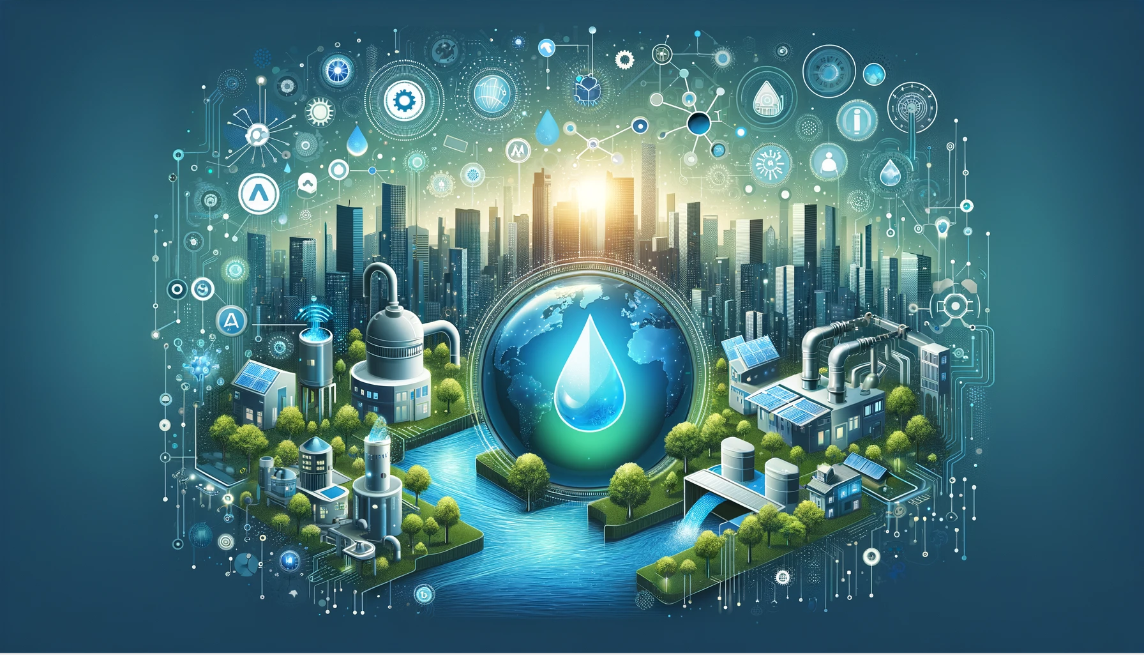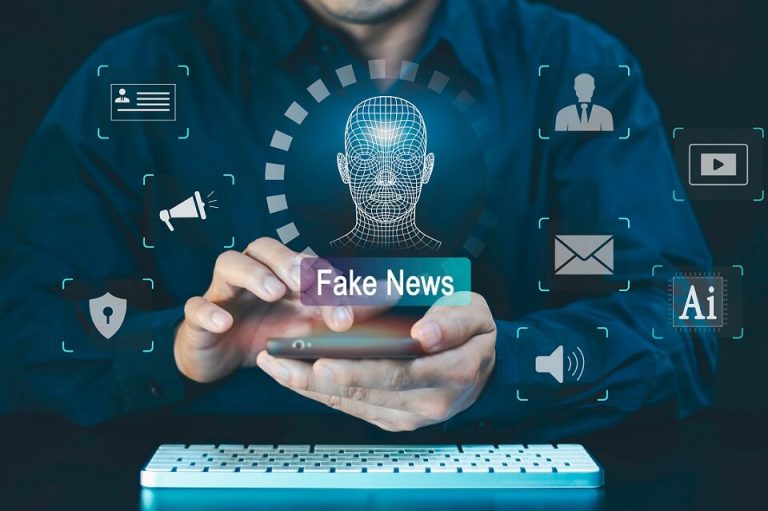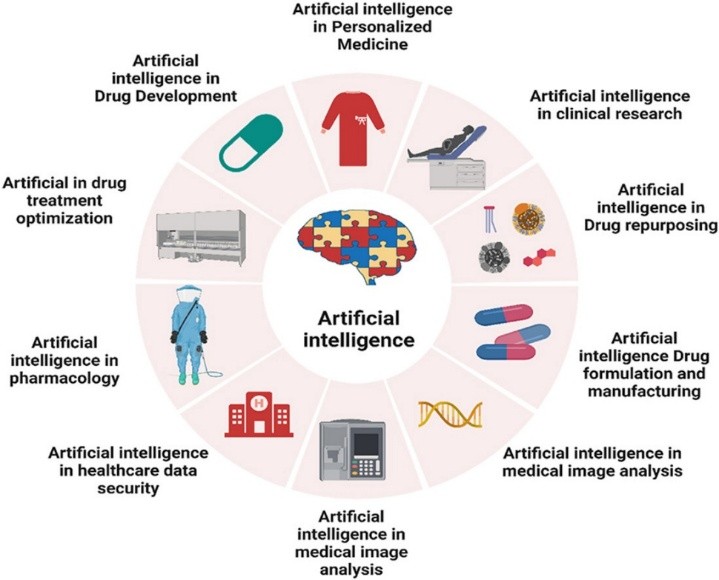Why Does AI Use Water? How It Could Affect Humans in the Future
Why Does AI Use Water: Today, we all use Artificial Intelligence (AI) — like voice helpers such as Alexa and Siri, tools like ChatGPT and Google Translate, and even face unlock on our phones.
AI works really fast, is very clever, and feels almost like magic.
But did you know something shocking?
Yes, you read that right. AI does not just need electricity. It also needs water — and a lot of it. This hidden side of AI is something most people do not know, but it can become a big problem in the future if we ignore it.
In this article, let’s explore why AI uses water, how much it uses, and what this means for us as humans.
Does AI Really Use Water? How?
AI itself is not drinking water like humans. But the computers that run AI are doing something that requires water.
Here’s how it works:
AI systems like ChatGPT or Google AI are hosted on big servers inside data centers.
These servers do heavy calculations and run 24/7, which makes them very hot.
To keep them cool, companies use water.
The water might evaporate or get used again.
So, when you talk to AI, a machine somewhere is running — and water helps keep it from overheating.
How Much Water Does AI Use? The Numbers Will Shock You
According to research in 2024:
One simple AI response (like asking ChatGPT a question) can use about half a glass of water.
It takes millions of liters of water to train large AI models like GPT-4 or GPT-5.
And AI usage is increasing fast. More people are using AI daily — which means more water consumption every second.
Why Is This a Problem?
You might be thinking, “Okay, it uses water. So what?”
Here’s why it matters:
1. Water Is Already a Scarce Resource
Lots of places around the world, including Pakistan, India, parts of Africa, and even California, are already facing water shortages.
If AI uses too much water, there might be less clean water for:
Drinking
Farming
Cleaning and hygiene
Wildlife and nature
2. AI Data Centers Are Built in Rural Areas
Tech companies often build data centers in small towns where water is cheap and available. But these areas usually don’t have strong water supplies.
Some of the steps they are trying:
Using recycled water for cooling
Shifting to air-based cooling (less effective in hot areas)
By 2030, they plan to be ‘water positive’ — putting more water back into nature than they take.
But the truth is: these solutions are still in early stages, and AI use is growing much faster than these solutions.
What Can Be Done to Reduce AI’s Water Impact?
Here are some ways we can help reduce AI’s water usage and make it more sustainable:
✅ Better Cooling Technology
Tech companies should invest in cooling systems that don’t use much water—or none at all.
✅ Use AI Responsibly
We, as users, can also play a small role. For example:
Do not overuse AI for every little task
Try using light AI models when possible
Avoid spamming AI tools with unnecessary prompts
✅ Government Rules
Governments can make policies to:
Limit how much water companies can use
Force companies to recycle water
Require regular reporting of water usage
What Could Happen in the Future If We Ignore This?
If AI keeps growing and using water at the current rate, here’s what might happen by 2035:
Drinking water becomes more expensive
Poor communities face water shortages
Farms struggle to grow crops due to low water supply
Fights between governments, industries, and local people over water access
Pressure to shut down some AI services due to environmental damage
Sounds scary, right? That is why action is needed now.
So, Is AI a Threat to Water?
Not exactly — AI is not the enemy.
The main point is how we use and control AI.
To sum it up — AI is clever, but it needs to respect nature
AI is amazing.
So, next time you use AI, remember this.
It might be using someone’s water.
Let’s be smart and use technology with care, not just convenience.


